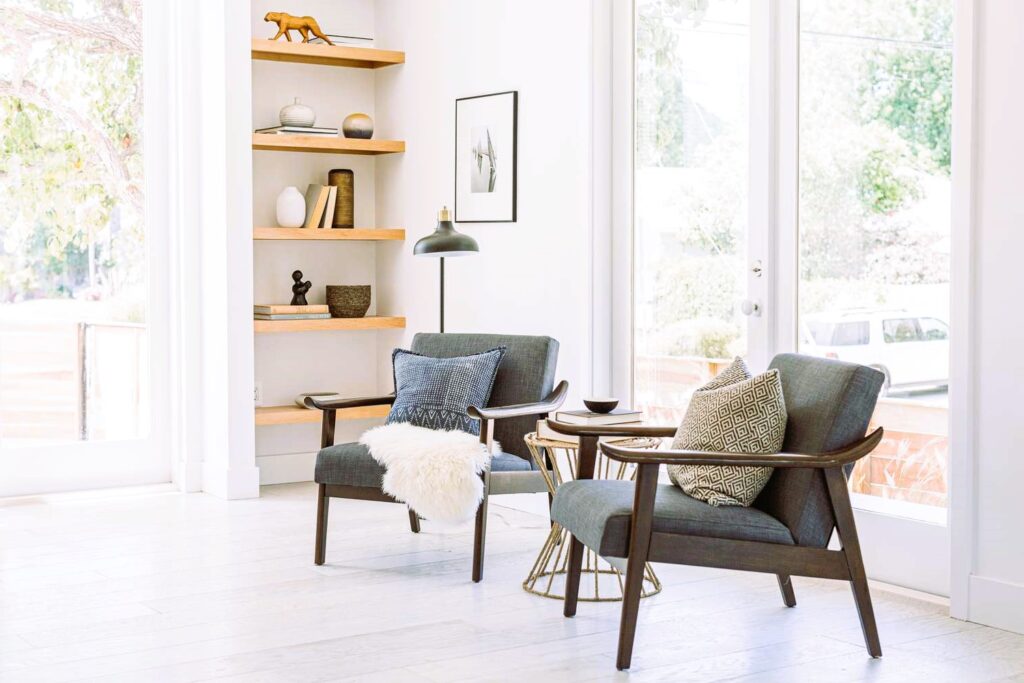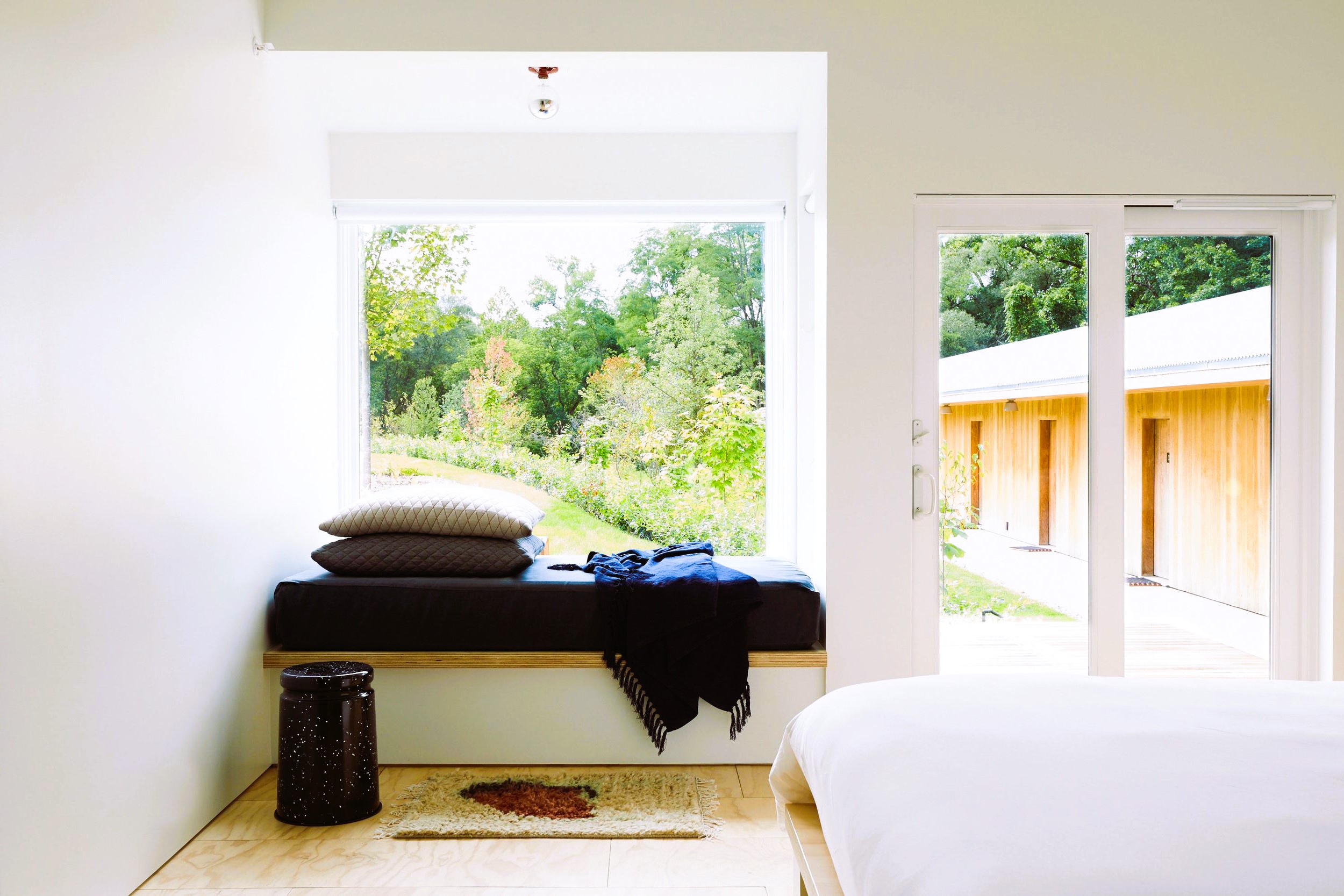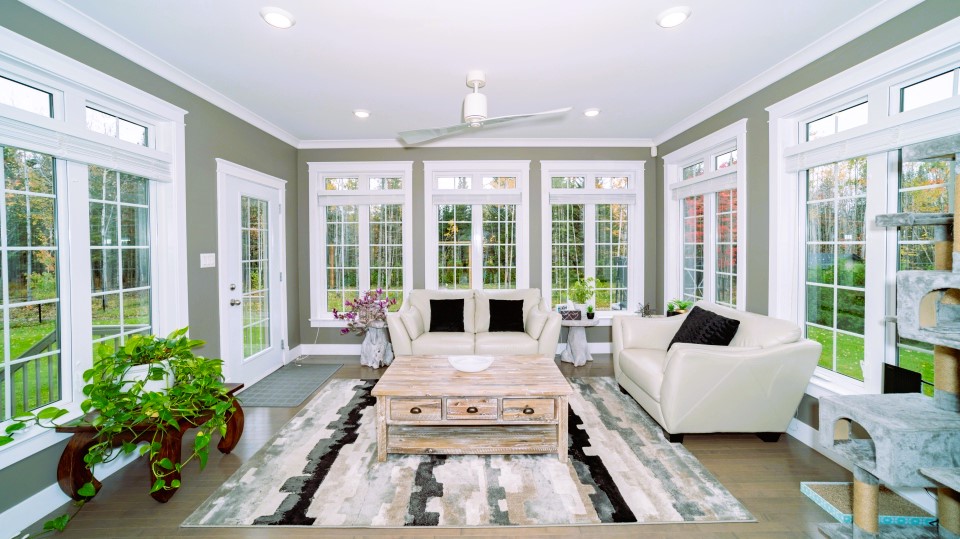Windows not only provide natural light and a connection to the outside world but also offer the opportunity to create cozy and functional spaces within our homes. Window nooks, also known as window seats or alcoves, are perfect for transforming an ordinary window into a serene and inviting area for reading, relaxation, or contemplation. In this article, we will explore the art of designing functional window nooks that enhance both the aesthetics and functionality of your living space.
Choosing the Right Window:
The first step in designing a functional window nook is selecting the right window for the task. Ideally, you want a window that is large enough to accommodate seating and provides a view that you find appealing. Windows with low sills or bay windows are often popular choices, as they offer a wide seating area and allow for ample natural light. Additionally, consider the orientation of the window to maximize sunlight or avoid excessive glare during certain times of the day.

Assessing the Space:
Before diving into the design process, it’s essential to assess the available space around the window. Consider the dimensions, shape, and location of the window within the room. This evaluation will help determine the size and configuration of the window nook, as well as any additional elements or furniture that can complement the space. Take into account existing architectural features, such as radiators or electrical outlets, to ensure they do not interfere with the functionality or aesthetics of the window nook.
Seating and Storage:
A window nook should be comfortable and functional. Incorporating built-in seating with cushions or a plush bench is a popular choice, as it provides a cozy spot for relaxation. Consider adding storage beneath the seating area, either with built-in drawers or cabinets, to maximize the utility of the space. This storage can be used to store books, blankets, or other items, keeping them within reach and reducing clutter in the rest of the room. Modern Canadian houses, main trends and window design.
Cushions and Upholstery:
To make the window nook inviting and comfortable, carefully select cushions and upholstery that match your style and preferences. Soft cushions with durable fabric can make the seating area cozy and visually appealing. Consider incorporating patterns or colors that complement the overall aesthetic of the room. Additionally, consider using moisture-resistant or stain-resistant fabrics that are easy to clean and maintain, especially if the window nook is exposed to sunlight or prone to spills.
Lighting and Ambiance:
Proper lighting is crucial for creating an inviting atmosphere in your window nook. Take advantage of natural light by keeping the window area unobstructed and using sheer or lightweight curtains to diffuse sunlight. Additionally, consider incorporating artificial lighting options, such as pendant lights or adjustable reading lamps, to provide adequate illumination for reading or other activities during the evening or in darker spaces. Layering different lighting sources can help create the desired ambiance for different moods or occasions.
Personalization and Decoration:

Make the window nook your own by adding personal touches and decorations. Decorative pillows, throws, or curtains can add color and texture to the space. Consider incorporating shelves or wall-mounted bookcases to display books, artwork, or cherished items that reflect your interests and personality. Adding plants or greenery near the window can create a soothing and refreshing environment. Personalizing the window nook will make it a unique retreat that resonates with your style and preferences.
Privacy and Privacy Solutions:
While window nooks are often associated with openness and a connection to the outside world, privacy can be important, especially if the window faces a busy street or neighbors’ windows. Privacy solutions such as blinds, shades, or frosted window films can be added to the window to provide the desired level of seclusion while still allowing natural light to enter. Consider the balance between privacy and maintaining the aesthetic and functionality of the window nook.
In conclusion, designing a functional window nook requires careful consideration of the window itself, the available space, seating and storage options, lighting, personalization, and privacy concerns. By creating a cozy and inviting space, a well-designed window nook can become a favorite spot in your home for reading, relaxation, or simply enjoying the view. Take inspiration from these design tips and create a window nook that fits your style, preferences, and lifestyle, transforming an ordinary window into a captivating and functional sanctuary.





